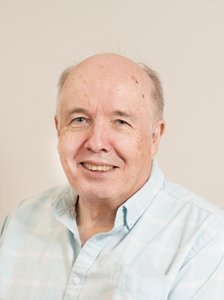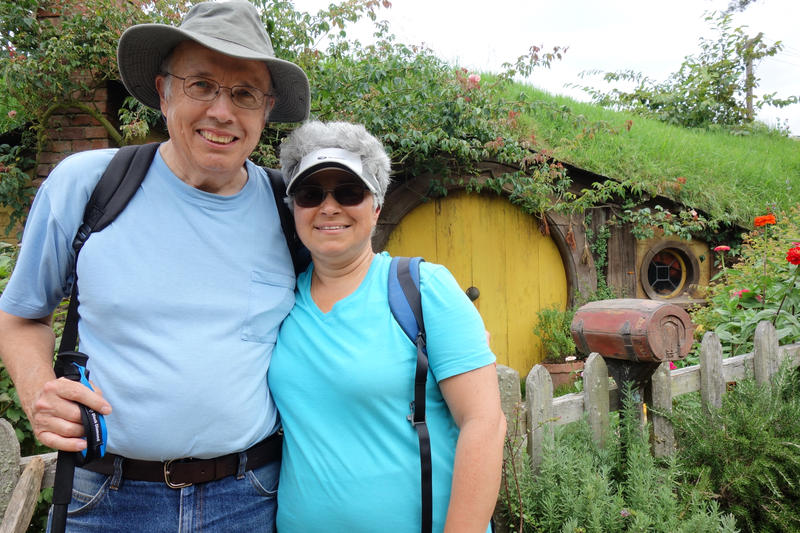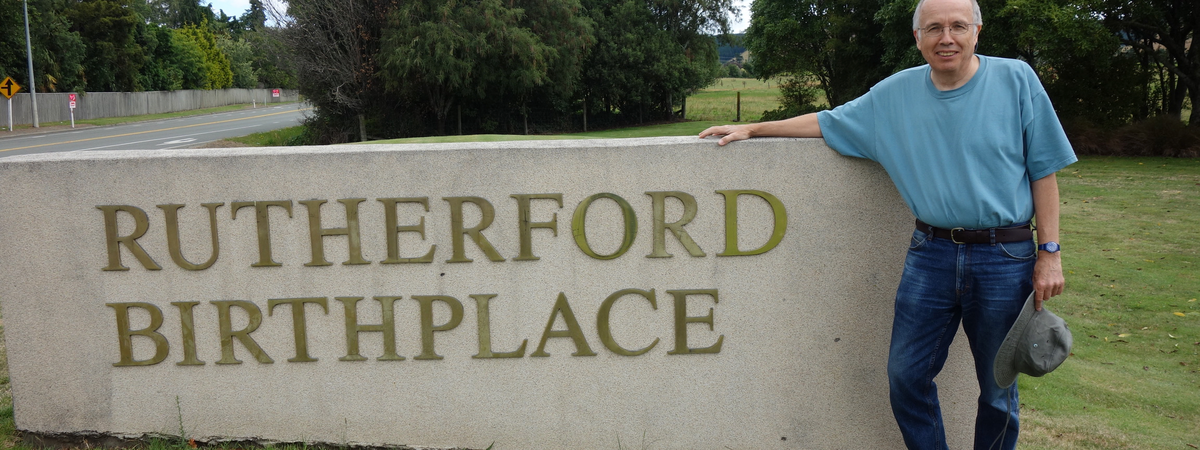
Can you share a brief overview of your academic and professional journey, leading up to your emeritus status?
1972: BSc. (Physics) – Simon Fraser University
1982: PhD. (Experimental Particle Physics) – McGill University
1983-1985: Scientific Associate at CERN
1985-1992: Assistant Professor – University of Toronto
1992-2022: Associate Professor – University of Toronto
2002-2009: Undergraduate Associate Chair
2013-2014: Graduate Associate Chair
What are your fondest memories of being a faculty member in the U of T Physics Department?
The UofT Physics Department is a great place to work with many wonderful faculty, staff, and students.
I loved teaching lab courses, especially the Advanced Lab. Running a big course can be a challenge, but I’d forget about all the hassles whenever a student would ask me a question I did not know the answer to, and I’d get to respond with “I don’t know, but let’s sit down and see if we can figure it out.”
Are there any particular research projects or accomplishments that stand out to you?
I am probably most proud of my first and last major research projects.
Not being a very competitive person, I never liked working on what everyone else was working on. I’d apply a “bus rule”: I’d only do work that wouldn’t get done (at least not soon) if I was hit by a bus.
As a graduate student I worked on the E531 experiment at Fermilab whose goal was to make the first good measurements of charm particle lifetimes. One day another graduate student and I borrowed (University of Toronto Professor) Jim Prentice’s sailboat, and while chatting out on the water in a former quarry we realized that our experiment could search muon neutrinos oscillating into tau neutrinos. Setting the best early limit on the process ended up as a major part of my PhD thesis.
Every experimenter knows that the myriad ways an experiment can go wrong means that real uncertainties do not have the Normal (Gaussian) distribution we teach to students, and by looking at tens of thousands of scientific measurements – both inside and outside physics – I managed to show that real experimental uncertainties have power law tails. When people ask where to find the paper, I tell them to just search online for “not normal bailey”.
Are there any trends or changes that you find particularly noteworthy?
I started physics in a “golden age” for particle physics when exponential improvements in technology allowed us to make better and better measurements at higher and higher energies to help establish what we now know as the Standard Model. But exponential growth always hits a limit, so although experimental particle physics is still a great field of research, it is now dominated by searches for new physics, and we are waiting for someone – anyone – to identify dark matter or find a robust experimental disagreement with theory. In contrast, starting in the 1990s astrophysics and cosmology entered a new golden age where innovative technology has made possible a constant stream of exciting new results and they still haven’t hit the exponential limit.
What contributions do you feel most proud of in your field? Or how do you believe your work has contributed to the broader academic community or society?
Despite not being intrinsically a very organized person, my inability to say no led me into many organizational roles that I enjoyed and am proud of, most notably my seven years as Associate Undergraduate Chair. It was great to be able to help students with their Physics journey and solve problems, both large and small. One surprising thing I learned was that students don’t complain enough. If we don’t know a problem exists, we can’t solve it, and even if we can’t solve it for the person complaining, knowing about the issue could prevent it in future.
When I was Associate Graduate Chair, I realized that none of our more than 200 graduate students were Black, which didn’t seem right since about 10% of Toronto’s graduate student age population is Black. When I became Chair of the Outreach Committee (for the second time), Sheela Manek and I started the Pursue STEM outreach program for Black high school students, in partnership with all the Physical and Mathematical Departments and the Lifelong Leadership Institute, a Black community organization. Pursue STEM is still going strong and is why you will most often find me in the Physics Department on winter/spring Saturday afternoons.
How has your role and perspective changed since becoming an emeritus professor?
I have never been a morning person but for years 9 am classes and meetings forced me onto a “normal” schedule. Now I get to stay up late and sleep in, reverting to my student habits. I also get to spend all my time on projects – both physics and outreach – that engage me.

How do you stay connected with developments in your field or the University?
I have always loved our Thursday Physics Colloquia and I still rarely miss one, although I now mostly attend online. I drop into the university regularly, and often Zoom into Physics Faculty meetings. I stay subscribed to the University, Faculty, and Department’s various newsletters and mailing lists.
Before I retired I used to walk a half-hour each way - no matter what the weather - to and from the Physics Building. Now, I walk almost daily all over Toronto. I love the ravines and parks, but also the “micro-scenery” everywhere: flowers in front yards, murals in lanes, the bare trees in winter.
Do you have any book or film recommendations that you'd like to share?
During the pandemic, my wife and I started watching a lot of Korean video series, such as “The Rookie Historian” , “Crash Landing on You”, “Extraordinary Attorney Woo”, and many more. We also have read a lot of science fiction for many years, especially writers such as Lois McMaster Bujold, Elizabeth Moon, Tanya Huff, and Julie Czerneda.

